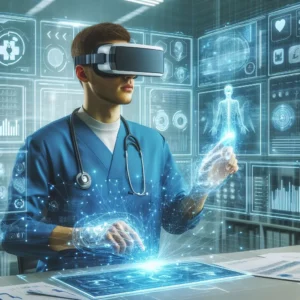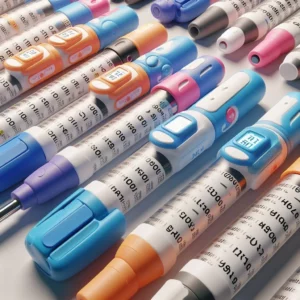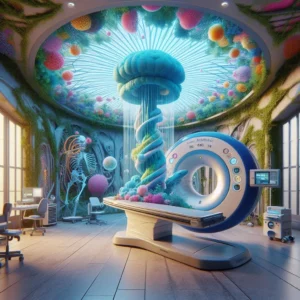Introduction
Our medicine cabinets are often overflowing with a pharmacy’s worth of medications. Expired antibiotics, half-used prescriptions, and forgotten over-the-counter drugs all accumulate over time. But what happens to these unwanted medications? Unfortunately, many people flush them down the drain or toss them in the trash, creating a significant environmental and public health concern.
This is where pharmaceutical take-back programs step in. These initiatives provide safe and convenient ways for individuals to dispose of unused or expired medications. By diverting these drugs from improper disposal methods, take-back programs contribute to a healthier environment and a safer community.
The Dangers of Improper Medication Disposal
Flushing unused medications down the drain seems like a quick and easy solution, but it has serious consequences. Many medications are not completely broken down by wastewater treatment plants. These residual drugs can then enter our waterways, contaminating drinking water and harming aquatic life.
Improper disposal also presents a public health risk. Medications left in the trash can be easily accessed by children, pets, or even people struggling with substance abuse. Accidental ingestion or misuse of these medications can lead to serious health problems or even fatalities.
The Benefits of Pharmaceutical Take-Back Programs
Take-back programs offer a safe and responsible alternative to improper disposal. Here are some key benefits:
- Environmental Protection: By preventing medications from entering our waterways, take-back programs help safeguard our water supply and ecosystems.
- Public Health Safety: These programs reduce the risk of accidental poisoning or misuse of medications by keeping them out of the wrong hands.
- Reduced Medication Abuse: Take-back programs make it easier for people to dispose of unwanted pain medications and other controlled substances, potentially curbing prescription drug abuse.
- Community Education: Take-back programs often raise awareness about safe medication storage and disposal practices, promoting responsible medication use within communities.
How Do Take-Back Programs Work?
There are various models for pharmaceutical take-back programs, with some offering year-round collection and others organizing periodic collection events. Here’s a breakdown of some common approaches:
- Permanent Collection Sites: Pharmacies, police stations, and hospitals may have designated drop-off boxes where individuals can anonymously dispose of unwanted medications.
- National Take-Back Days: The U.S. Drug Enforcement Administration (DEA) organizes National Prescription Drug Take Back Day events twice a year, providing temporary collection sites across the country.
- Mail-Back Programs: Some programs offer pre-paid envelopes or mail-back containers for individuals to return their medications by mail.
What Can You Dispose of in Take-Back Programs?
Most take-back programs accept a wide range of medications, including:
- Prescription drugs (controlled and non-controlled)
- Over-the-counter medications
- Expired medications
- Unused medications
However, it’s important to check with your local take-back program for any specific guidelines or exceptions. For instance, some programs may not accept needles, syringes, or medical waste.
Preparing Medications for Take-Back
Here’s what to do before dropping off medications at a take-back location:
- Remove any personal information from labels. You can black out your name with a marker.
- Leave medications in their original containers whenever possible. This helps identify the medication for proper disposal.
- Do not crush, tamper with, or open medication containers.
- For liquid medications, leave the cap on tightly.
Challenges and the Future of Take-Back Programs
Despite their benefits, take-back programs face certain challenges:
- Public Awareness: Many people are still unaware of the existence and importance of take-back programs. Increased public education is crucial.
- Accessibility: Not all communities have convenient take-back locations, especially in rural areas. Expanding program reach is essential.
- Funding: Funding for take-back programs can be limited, hindering program development and outreach efforts.
However, the future of take-back programs is promising. Here are some encouraging trends:
- Technology and Innovation: Online resources and locator apps are making it easier for people to find take-back locations.
- Collaboration: Partnerships between pharmacies, law enforcement, and community organizations are strengthening program effectiveness.
- Regulations: Some states are enacting legislation mandating take-back programs, ensuring wider availability.
Conclusion
Pharmaceutical take-back programs are a vital component of a responsible medication lifecycle. By actively participating in these programs, we can protect our environment, safeguard public health, and contribute to a safer tomorrow. Look for take-back programs in your area, spread awareness amongst your peers, and advocate for stronger take-back initiatives. Together, we can ensure that unused medications





